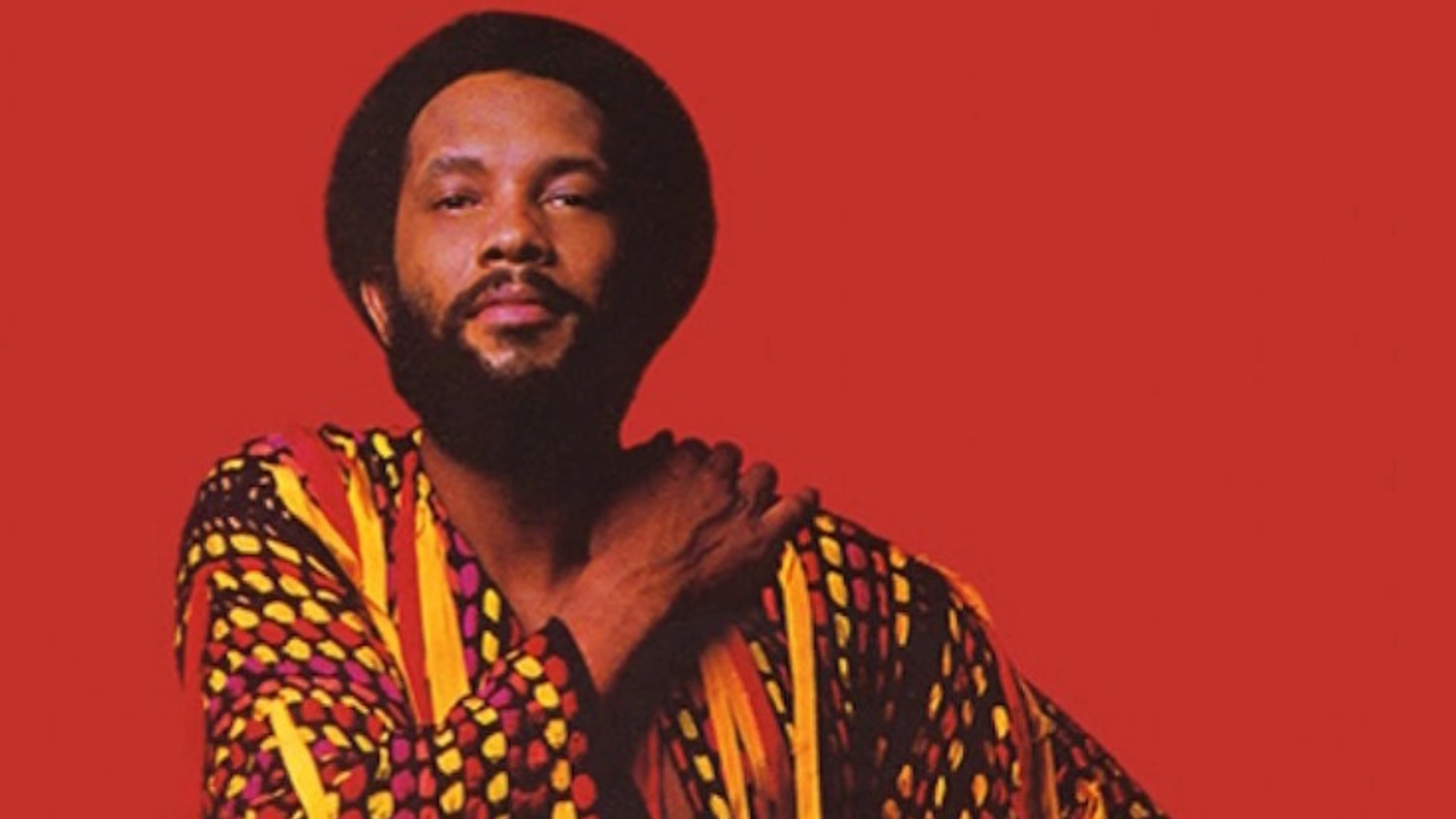Renowned vibraphonist, composer, and jazz-funk innovator Roy Ayers has passed away at the age of 84. A statement on his official Facebook page confirmed that he died on Tuesday, March 4 in New York City after battling a prolonged illness.
We are deeply saddened by the passing of the legendary Roy Ayers. A true innovator, Roy shaped and revitalized the musical landscape across generations. His sound became the backdrop to every era he graced, with Everybody Loves the Sunshine serving as an anthem for so many of us. pic.twitter.com/Nh0dT7XcAK
— Jazz Is Dead (@jazzisdeadco) March 6, 2025
Early Life and Musical Beginnings
Born on September 10, 1940, in Los Angeles, Ayers was introduced to music at an early age. In a moment straight out of a movie, a 5-year-old Ayers was so captivated at a Lionel Hampton concert that the legendary vibraphonist gifted him his first pair of mallets. His parents interpreted this gesture as a symbolic passing of musical energy.
Ayers started his career in the 1960s Los Angeles hard-bop jazz scene, but his distinctive sound truly emerged in the 1970s. His 1970 album Ubiquity not only marked a turning point in his career but also inspired the name of his band, Roy Ayers Ubiquity.
Throughout the decade, the group blended funk rhythms, soulful vocals, and jazz improvisation, echoing the electric influence of Miles Davis. Albums like He’s Coming (1971) and Red, Black & Green (1973), along with his score for Coffy—a Pam Grier-led blaxploitation film—cemented his reputation as a genre-defying musician.
The Legacy of Everybody Loves the Sunshine
The 1976 release of Everybody Loves the Sunshine became a defining moment in Ayers’ career. The album’s title track remains one of the most influential funk compositions, having been sampled in over 100 songs.
Reflecting on its creation in a 2017 interview with The Guardian, Ayers described it as an instinctive and deeply personal composition, featuring a fusion of vibraphone, piano, synthesizer, congas, and drums.
The song’s dreamy and nostalgic atmosphere has inspired numerous artists, including Dr. Dre, Mary J. Blige, and The-Dream, who have integrated its elements into their own music.
A Lasting Influence on Hip-Hop and R&B
Ayers’ impact extended far beyond jazz and funk, influencing hip-hop and R&B artists for decades. His music has been sampled by legendary groups like A Tribe Called Quest and producers like Pharrell Williams.
He also collaborated with contemporary musicians, including Alicia Keys, The Roots, Guru of Gang Starr, and Tyler, The Creator.
His contribution to Erykah Badu’s 2000 album Mama’s Gun showcased his delicate yet profound touch, with his vibraphone enhancing the track Cleva.
Badu once referred to Ayers as the “king of neo-soul,” crediting him for shaping the genre’s smooth yet intricate sound.
Across five decades, Ayers’ work evolved through collaborations with icons like Fela Kuti and Rick James, while his music continued to be revitalized through samples in contemporary tracks. Pianist Robert Glasper aptly summarized Ayers’ timeless artistry in a 2011 interview, “It just has a Roy Ayers sound. There’s nothing you can describe—it’s just Roy Ayers.”
Though he is no longer with us, his music and influence will continue to shape generations of artists and listeners.























